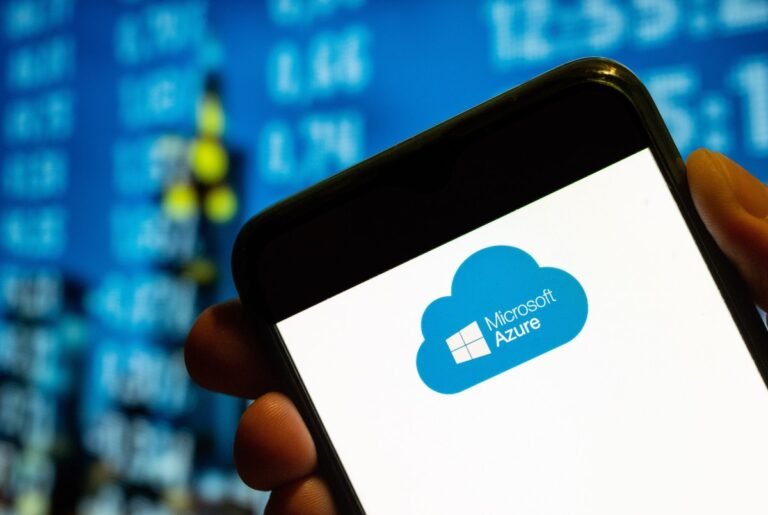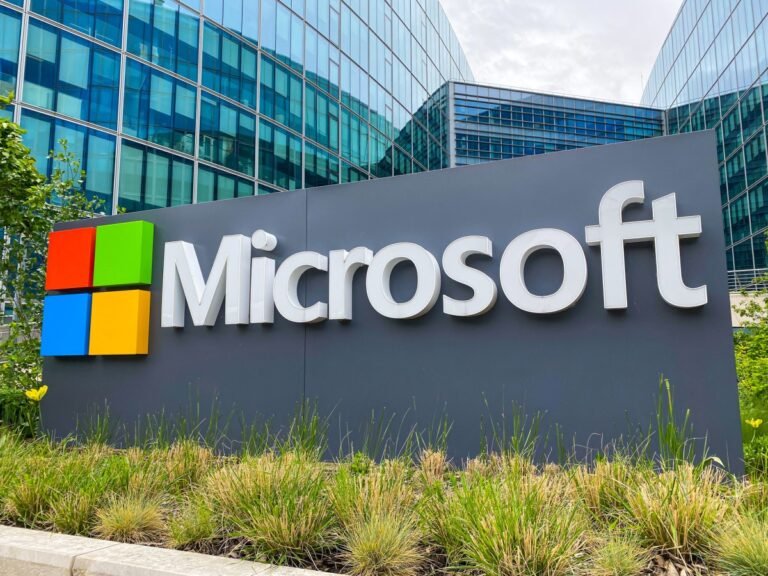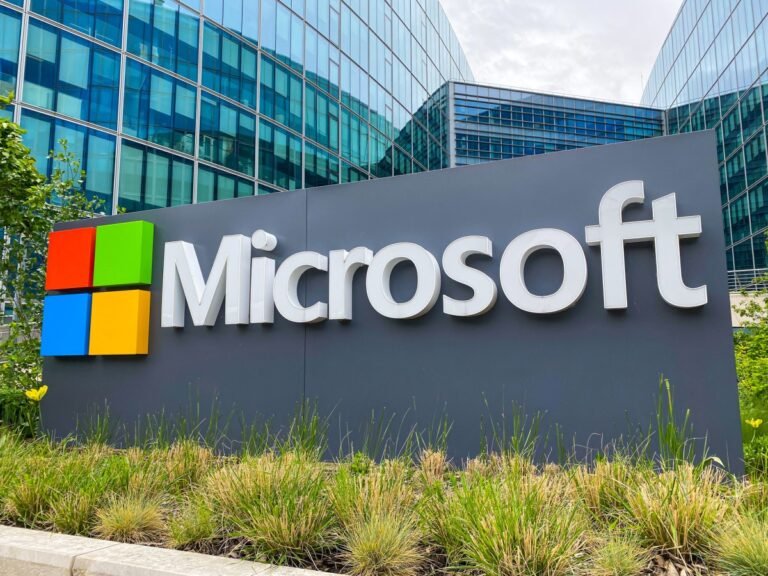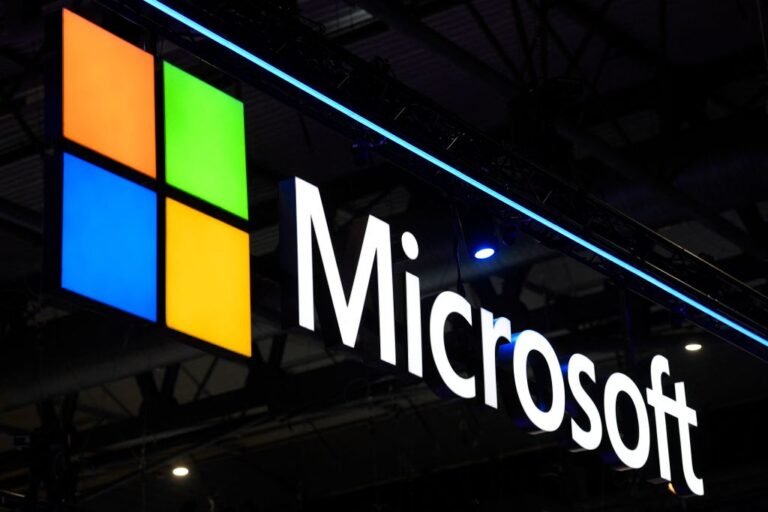
Microsoft has revealed that it too will allow business customers to transfer data out of its Azure cloud infrastructure with no so-called “egress fees” attached, following hot on the heels of similar moves by cloud rivals AWS and Google.
The latter of these announced it was ditching egress fees in January, followed by AWS earlier this month.
Similar to rivals including AWS, Microsoft did already allow customers to transfer 100GB of data out of Azure each month for free.
This is notable, because a lot of companies will want to use some Azure services, without having to go all-in on it.
So data transfers from other Azure services, such as the Azure Content Delivery Network (CDN), will still include the standard charges.

Now, before you get too excited about the “quantum” part of “Azure Quantum Elements” (and why wouldn’t you — it’s in the name, after all), let’s get this out of the way first: No quantum computer was used in this project.
Azure Quantum Elements, which launched last summer, combines AI and traditional high-performance computing (HPC) techniques into what is essentially a workbench for scientific computing, with the promise of providing access to Microsoft’s quantum supercomputer in the future.
Krysta Svore, who leads Microsoft Quantum, told me that the overall idea here was to see how far the team could push what is currently available in Azure Quantum Elements (AQE) — and especially the AI accelerator — to advance materials discovery.
After that, the researchers used existing HPC techniques to identify those 18 promising candidates to focus on.
And while the quantum computing community continues to push the state of the art ahead at a steady pace, we’re still at least a few years away from seeing a quantum computer that is actually useful.

Microsoft today announced that it has worked with the U.S. Department of Energy’s Pacific Northwest National Laboratory (PNNL) to use its Azure Quantum Elements service to whittle down millions of potential new battery materials to only a few — with one of them now in the prototype stage.
Now, before you get too excited about the ‘quantum’ part of ‘Azure Quantum Elements’ (and why wouldn’t you — it’s in the name, after all), let’s get this out of the way first: no quantum computer was used in this project.
Azure Quantum Elements, which launched last summer, combines AI and traditional high-performance computing (HPC) techniques into what is essentially a workbench for scientific computing, with the promise of providing access to Microsoft’s quantum supercomputer in the future.
Krysta Svore, who leads Microsoft Quantum, told me that the overall idea here was to see how far the team could push what is currently available in Azure Quantum Elements (AQE) — and especially the AI accelerator — to advance materials discovery.
And while the quantum computing community continues to push the state of the art ahead at a steady pace, we’re still at least a few years away from seeing a quantum computer that is actually useful.

There is no doubt that the cloud providers are all vying for a piece of the telco market. With QuickTake: Mobile World Congress coming up, it was interesting to see…







